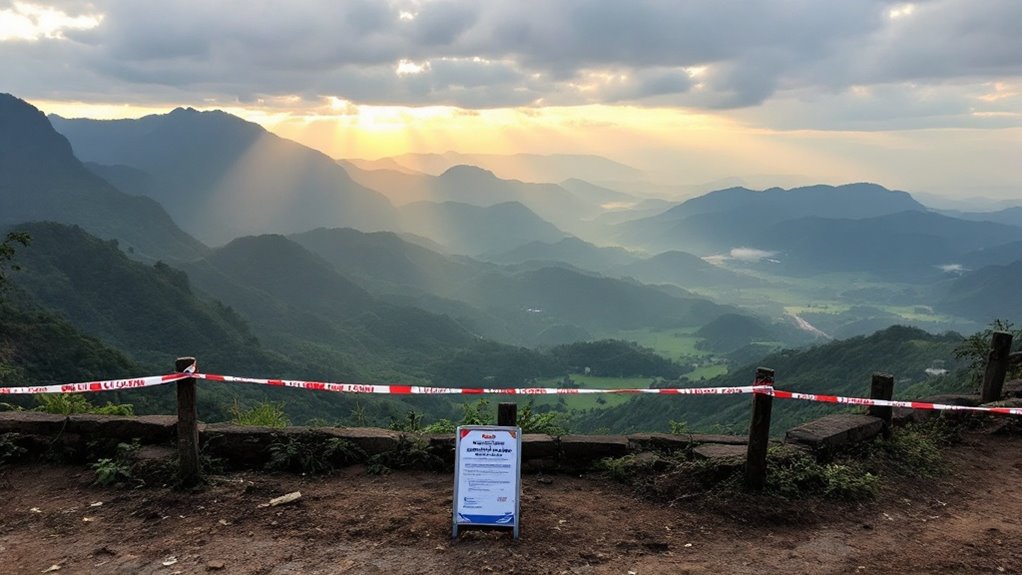Thailand’s economy is under stress as growth projections for 2025 were slashed from 2.9% to 1.6%, following a major earthquake that disrupted infrastructure and stalled construction across key provinces. Prolonged US tariffs on Thai exports, now facing increases up to 12%, have further weakened export prospects, while real estate faces over 266 billion baht in maturing high-risk bonds. With subdued inflation, high household debt, and investor caution, deeper examination reveals broader consequences for industry and financial stability.
Although Thailand’s economy has long relied on tourism, private consumption, and export-driven industries, a convergence of recent crises has greatly undermined its growth prospects. The World Bank recently slashed Thailand’s GDP growth forecast for 2025 from an initial projection of 2.9% to just 1.6%, following multiple downward revisions. A major factor in this decrease was the late March earthquake, which caused substantial disruption to infrastructure and delayed both construction projects and consumer purchase decisions. In addition to these shocks, Thailand’s GDP growth from 2014 to 2023 averaged only 1.8%, far below the pace set by many of its ASEAN peers.
Thailand’s economic outlook dims as crises, including a major earthquake, force a sharp GDP growth downgrade for 2025.
Temporary halts at construction sites have been widely reported, compounding the economic fallout and delaying key recovery efforts. The broader global economic slowdown has only intensified the nation’s economic challenges. Tourism and private consumption, previously identified as primary growth drivers, are now constrained by both domestic instability and weaker international demand. Furthermore, high household and public debt levels continue to pose significant risks to Thailand’s economic stability, according to recent warnings from the Bank of Thailand.
As a result, headline inflation remains subdued at 1.1% year-over-year, hovering near the lower bound of the Bank of Thailand’s target range. Core inflation is similarly low at 1%, reflecting persistently weak domestic demand. The central bank may consider a more dovish monetary policy stance, possibly lowering the policy rate to stimulate growth, while state banks have been instructed to provide financial assistance to businesses impacted by recent crises.
Trade tensions further cloud Thailand’s economic outlook. US reciprocal tariff hikes, which could subject Thai imports to tariffs of up to 12%, pose a major threat, potentially cutting GDP by about 0.3 percentage points. These tariff increases, driven by Thailand’s positive tariff differential with the US, add to export pressures already exacerbated by global and domestic headwinds.
The combination of trade uncertainty and natural disasters has heightened overall economic risk. Additionally, the real estate sector faces acute challenges, with more than 266 billion baht in real estate bonds set to mature between April 2025 and December 2026. Many of these bonds are high-yield or unrated, and even investment-grade offerings are struggling to attract investors in a difficult market.
Property transfers remain considerably below target, underscoring a critical downturn and contributing to ongoing investor caution.









